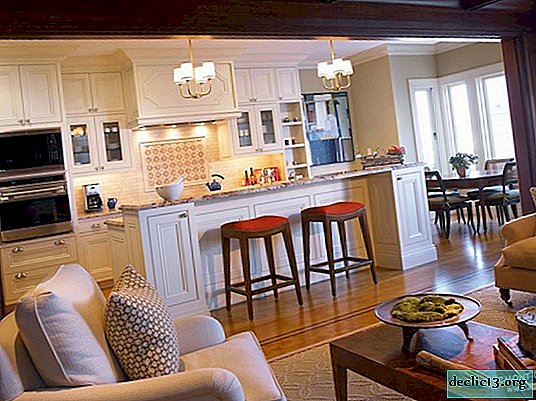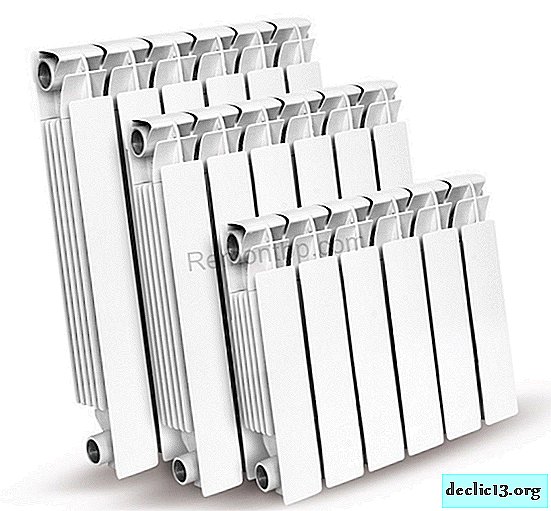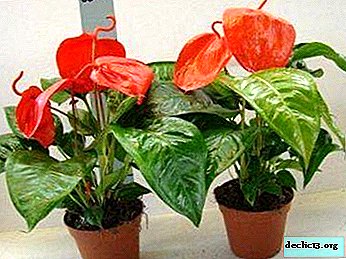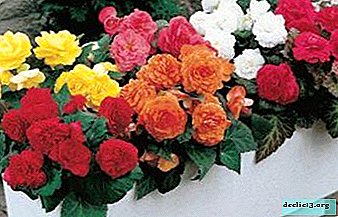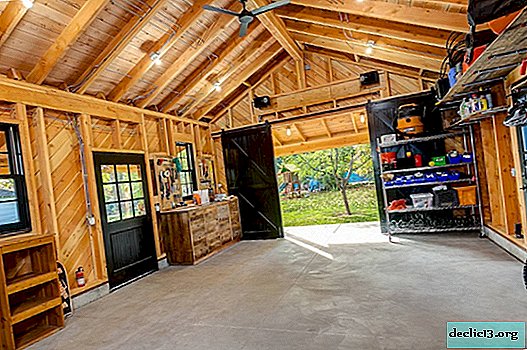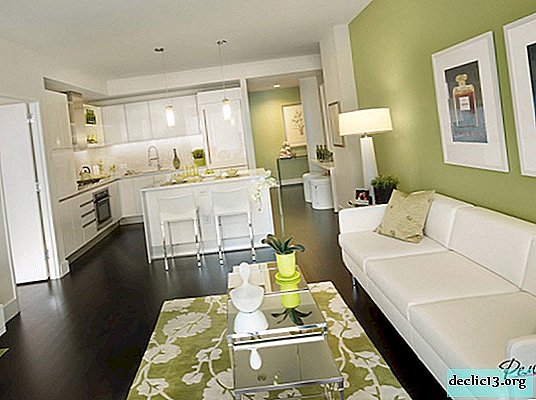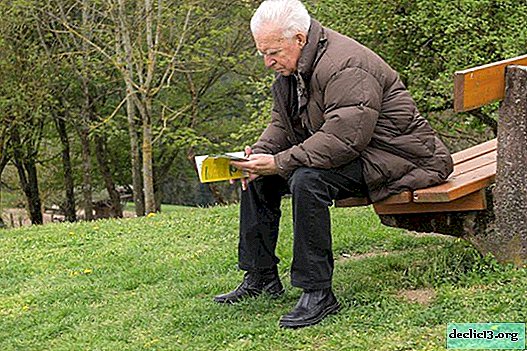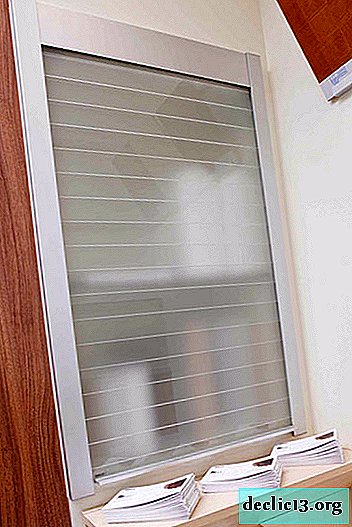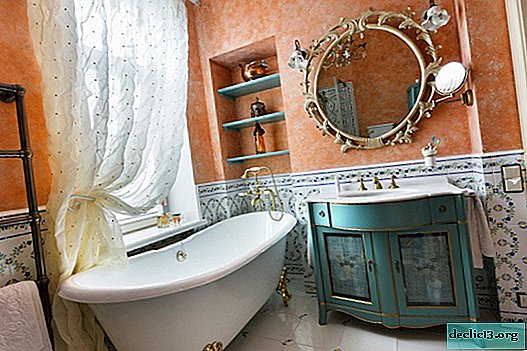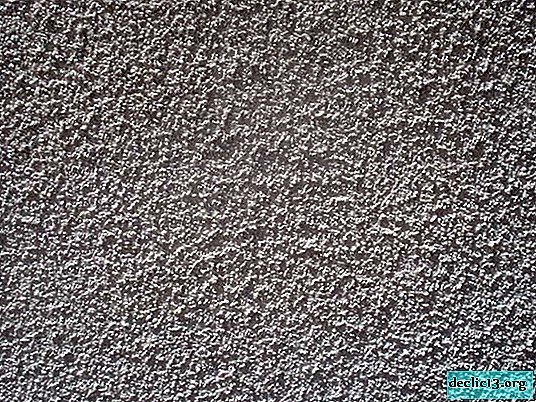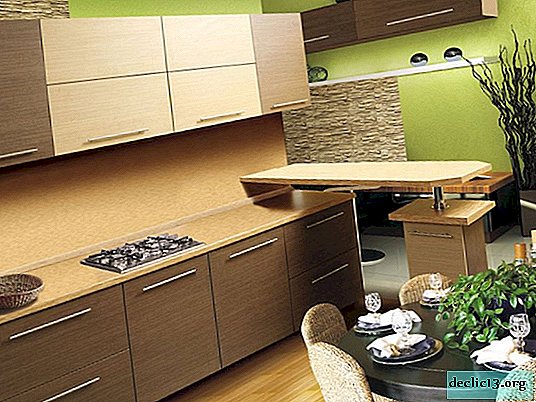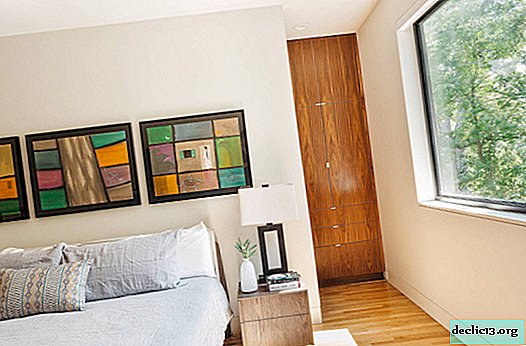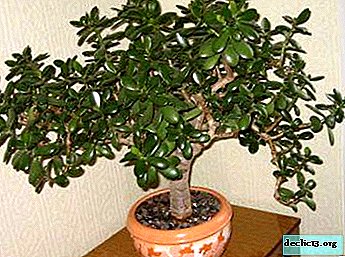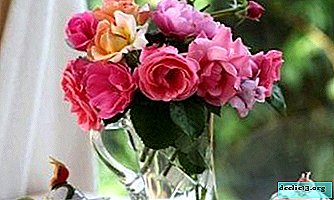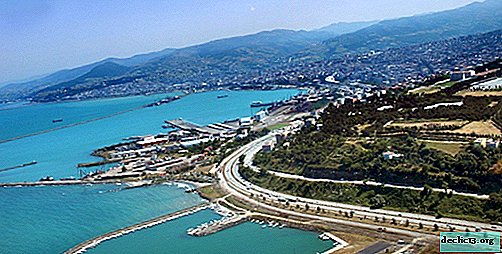What is the peculiarity of Finnish houses
Finland is a country with beautiful landscapes and a rather harsh climate, with ancient traditions in culture and architecture. “The kingdom of pines, lakes and stones,” - said the famous silver age poet Sasha Cherny about Finland. And over this kingdom the solemn music of the great Jan Sibelius is heard.
Finnish houses are an integral part of pristine nature and famous folk songs. The architecture of Finland belongs to the Scandinavian style, combining the diversity of traditions of the northern peoples of Sweden, Norway, Iceland and Denmark. From the general Scandinavian architecture school, Finnish architecture stood out in an independent direction in the 19th century, but has already managed to gain world recognition.
Wooden Finnish houses are incredibly picturesque, with a play of light and shadow. Very often, in the Finnish-style traditions, the ground floor is finished with stone for strength, and the second floor is made lighter, for which relief plaster, wooden slats or panoramic windows are used:
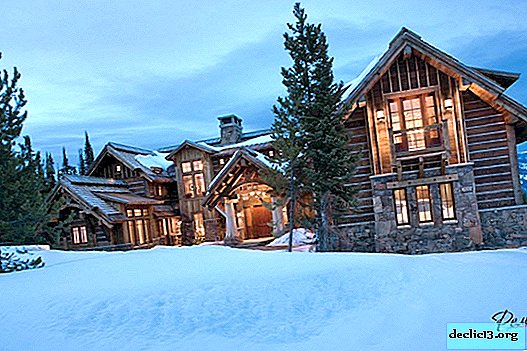
The main distinguishing features of houses in the Finnish style can be formulated as follows:
- buildings organically fit into the natural landscape, i.e. not landscape design is created specifically for the house, but the house forms a single whole with the natural landscape:

- voluminous frame buildings with pointed roofs and towers;
- traditional building materials - wood and raw natural stone;
- simplicity and modesty of forms and decor;
- mandatory presence of two entrances, one of which leads to the courtyard.
Features of the facade
Real Finnish houses are built of pine or larch. In modern construction, glued beams are most often used. This is a very environmentally friendly, convenient and practical building material.


Another option to create a house with a national Finnish flavor is to use a dry cladding board imitating a solid wood beam to decorate the facade:

Foundation specifics
Since Finland is a northern country, much attention is paid to the thermal insulation of the house. This primarily concerns the foundation. When they are created, special internal insulation technologies are used. A type of foundation, such as a grillage, in which a pile or column foundation is combined with one structure in the form of plates or beams, is popular in the construction of Finnish houses. The advantages of grillage are that this type of foundation can be used for all types of soil, given the unevenness of the site, the height differences:

In addition, with a grill you can design terraces and verandas of any configuration:

During the construction of houses, residents of Finland use landscape features with the maximum benefit for the implementation of the project, trying not to upset the natural balance and not harm the atmosphere. In addition, for the design of each building, a creative approach is chosen, style architectural decorations are carefully selected. So, the foundation design can be approached creatively using the natural properties of the landscape. Boulders can not only create an unusual look for the house, but also strengthen the soil on the elevation of the site:

Stone use
The natural features of Finland include numerous rock formations. This region is famous for its deposits of granite, sandstone, slate, soapstone (steatite). Therefore, the use of stone in the construction of Finnish houses is very widespread.
Masonry is the most popular type of stone decoration in Finnish construction, as For this type of work, natural stones of irregular shape, various sizes and shades are needed. The combination of wood and stone, which is familiar to many architectural styles, can be peculiarly beaten with rubble masonry, having shaped part of the foundation, pile supports and steps with stone:



Recently, landscape gardening compositions of stone have become a fashionable trend. Granite boulders located on a site with seeming randomness will recreate the grandeur of wildlife:

Outdoor fireplaces
An integral part of the Finnish house was and remains a fireplace. The fireplace located outside the house is a bright compositional accent and at the same time performs its direct functions. Outdoor fireplaces can be built-in, wall and island. To design a wall fireplace, you can also use masonry made of natural stones, rhythmically combining it with other elements of the facade:

A wall-mounted grill fireplace can be equipped on the terrace.

Terraces
Terraces in Finnish houses are an unusual decoration of a home. If the layout and area of the house allows, you can construct a corner terrace on the second floor:

Attic houses with terraces are a fairly common option for the construction of Finnish houses. Such buildings are convenient and rational. Supports for the terrace can also be decorated with stone in an original way:

The terrace, designed around the perimeter of a small house, makes the house more spacious:

The voluminous structures of Finnish houses are explained by additional outbuildings. This is a convenient way to place saunas or garages in them:

Greenhouses attached to the house significantly save space. For additional lighting of such greenhouses, it is better to equip the roof with vertical glazing:

In modern Finnish houses, panoramic glazing is increasingly used. Such designs fill the house with sunshine and discover amazing landscapes. Unusually and extravagantly panoramic windows and doors will look identical designed:

Thanks to the use of natural materials, good thermal insulation, simplicity of design and a variety of configurations, Finnish houses are gaining more popularity and are competing with buildings in other styles.

